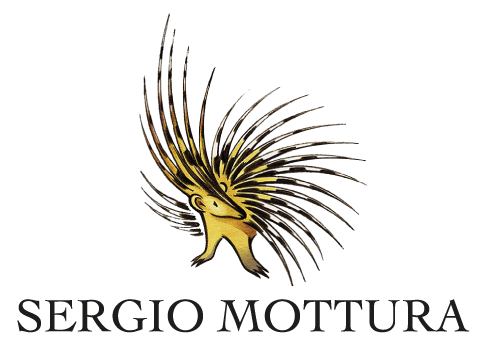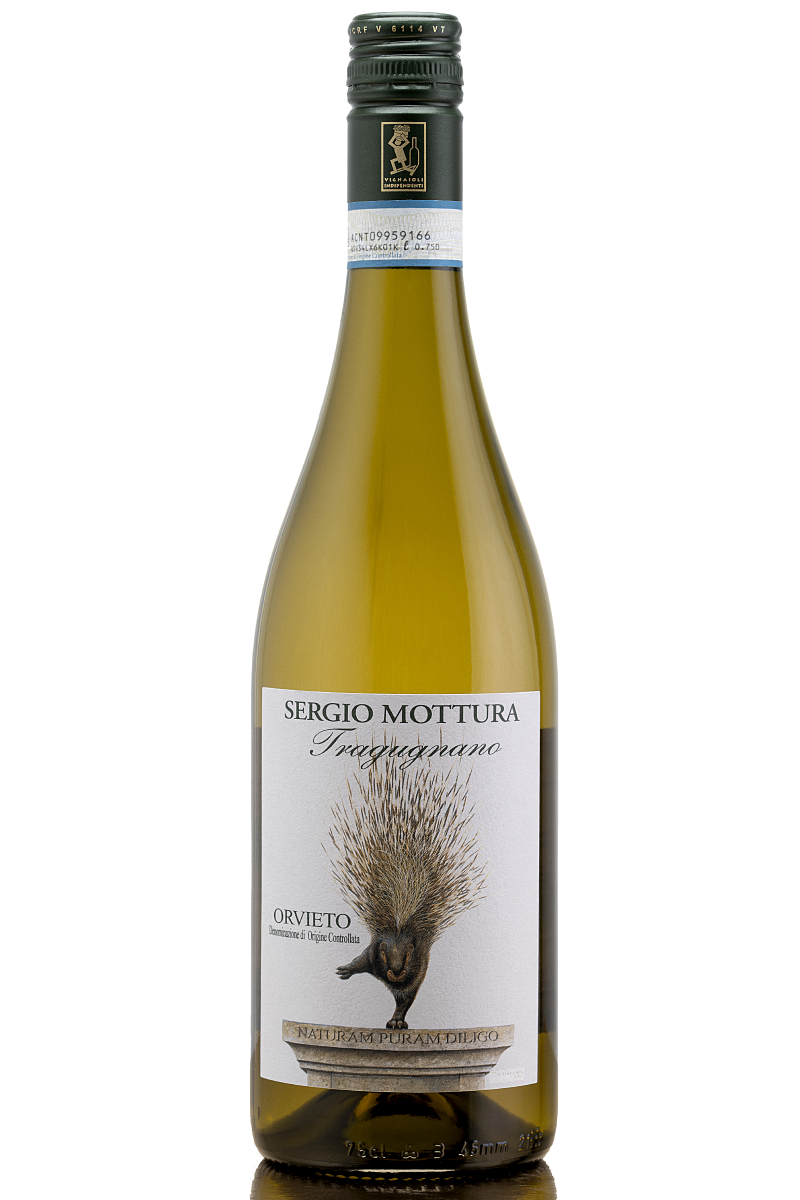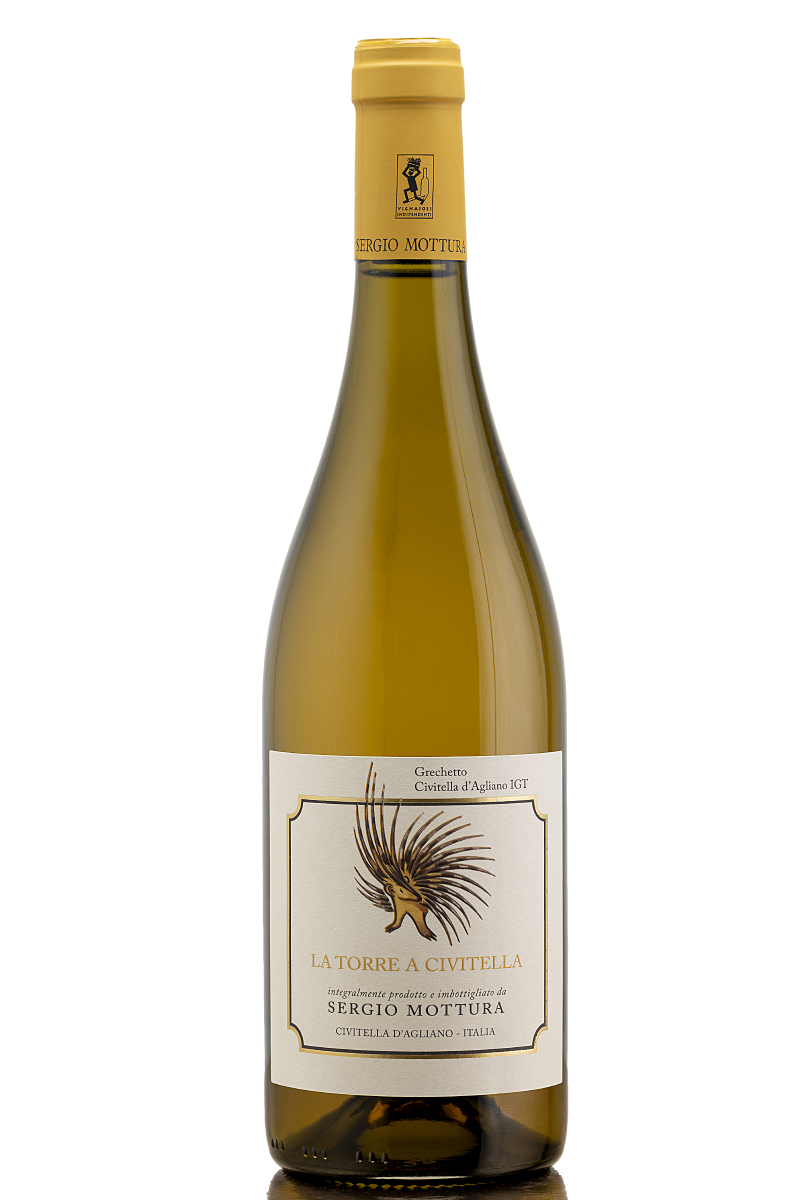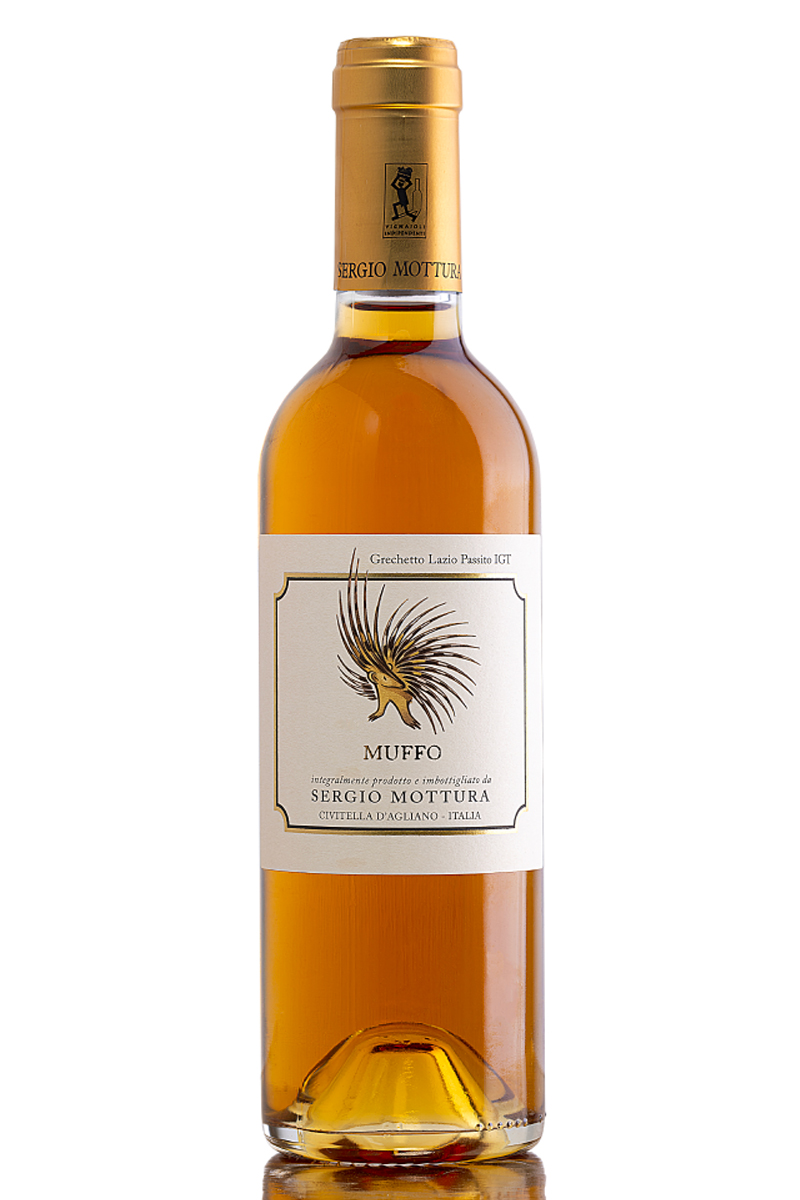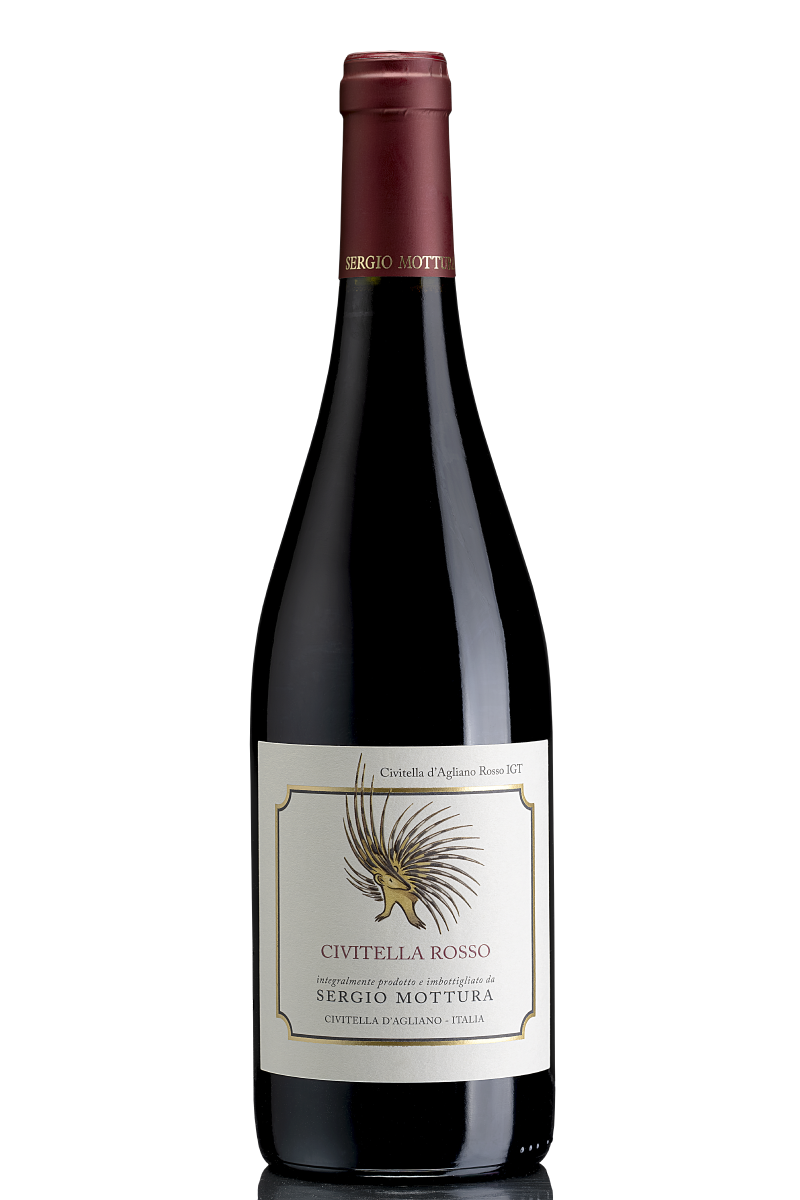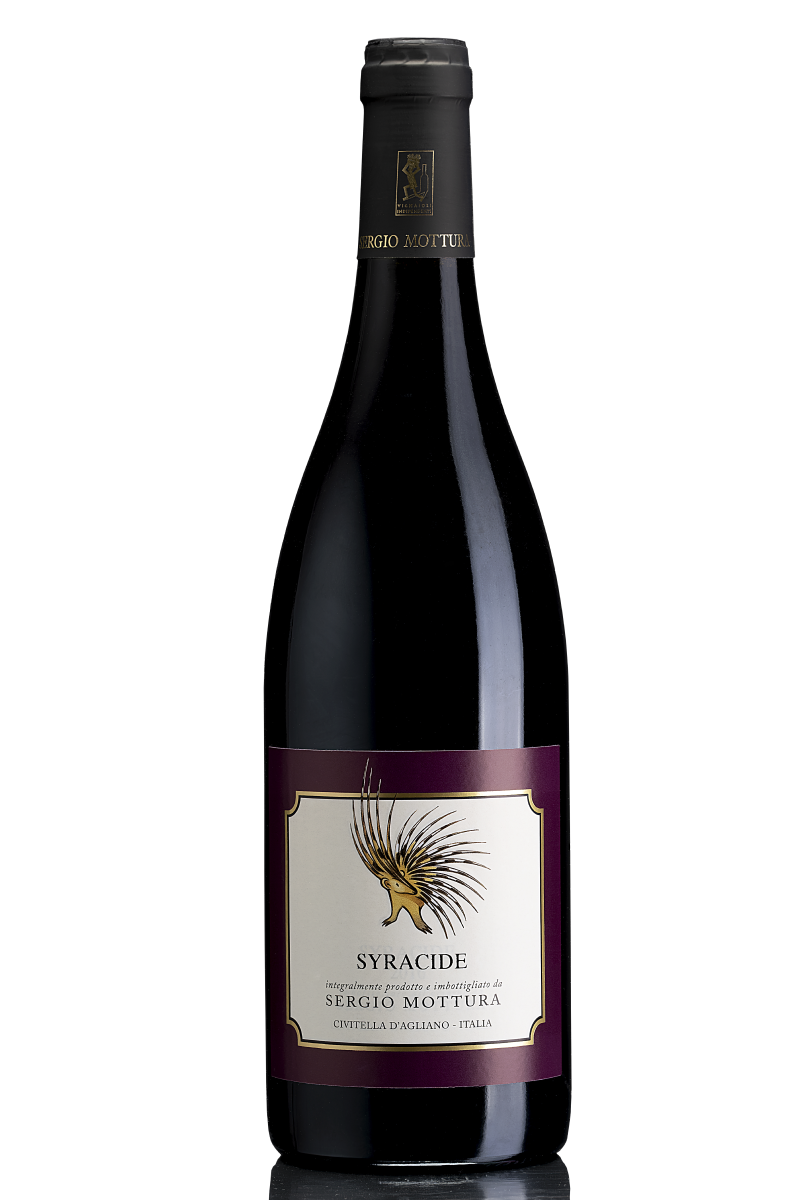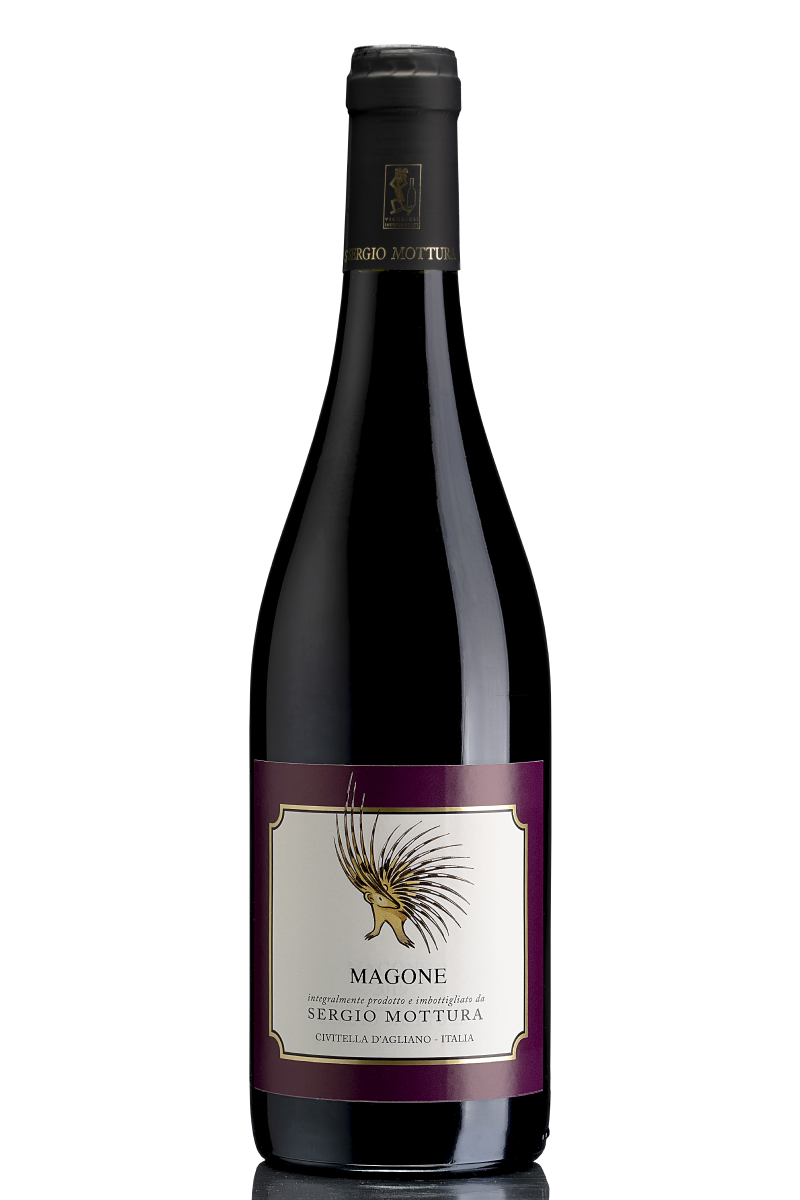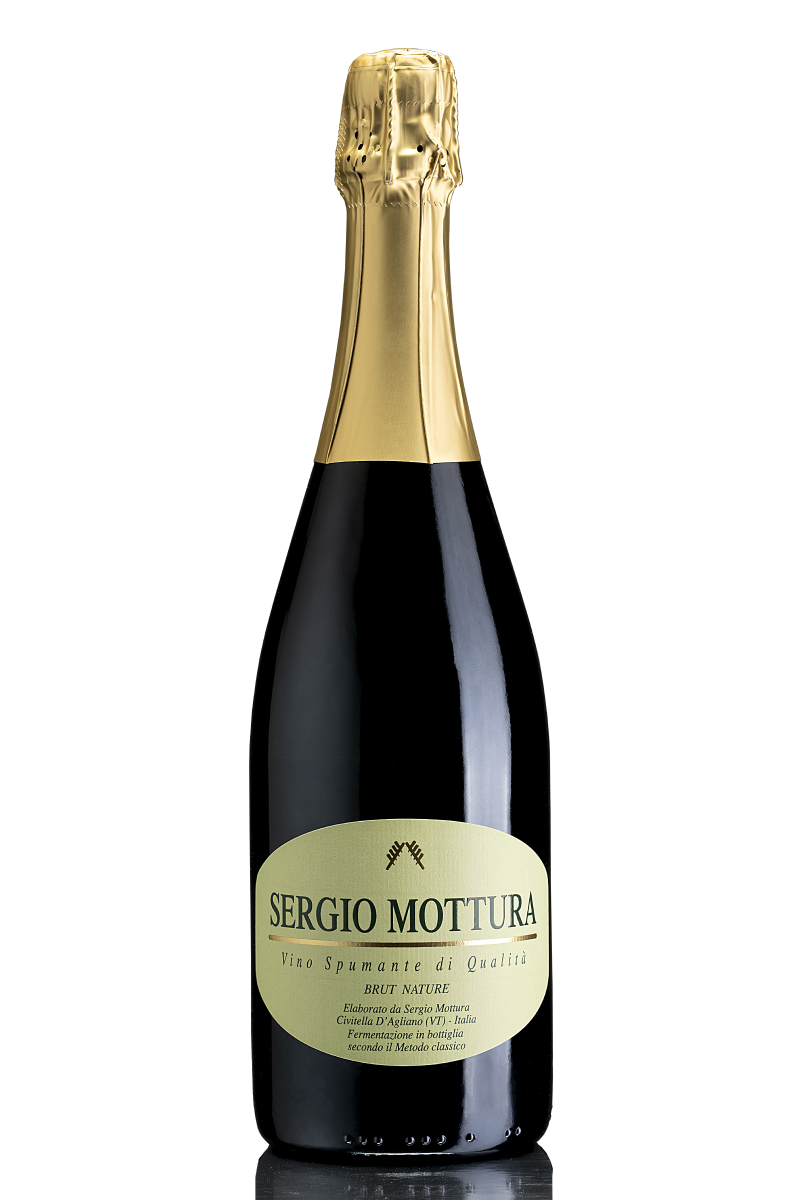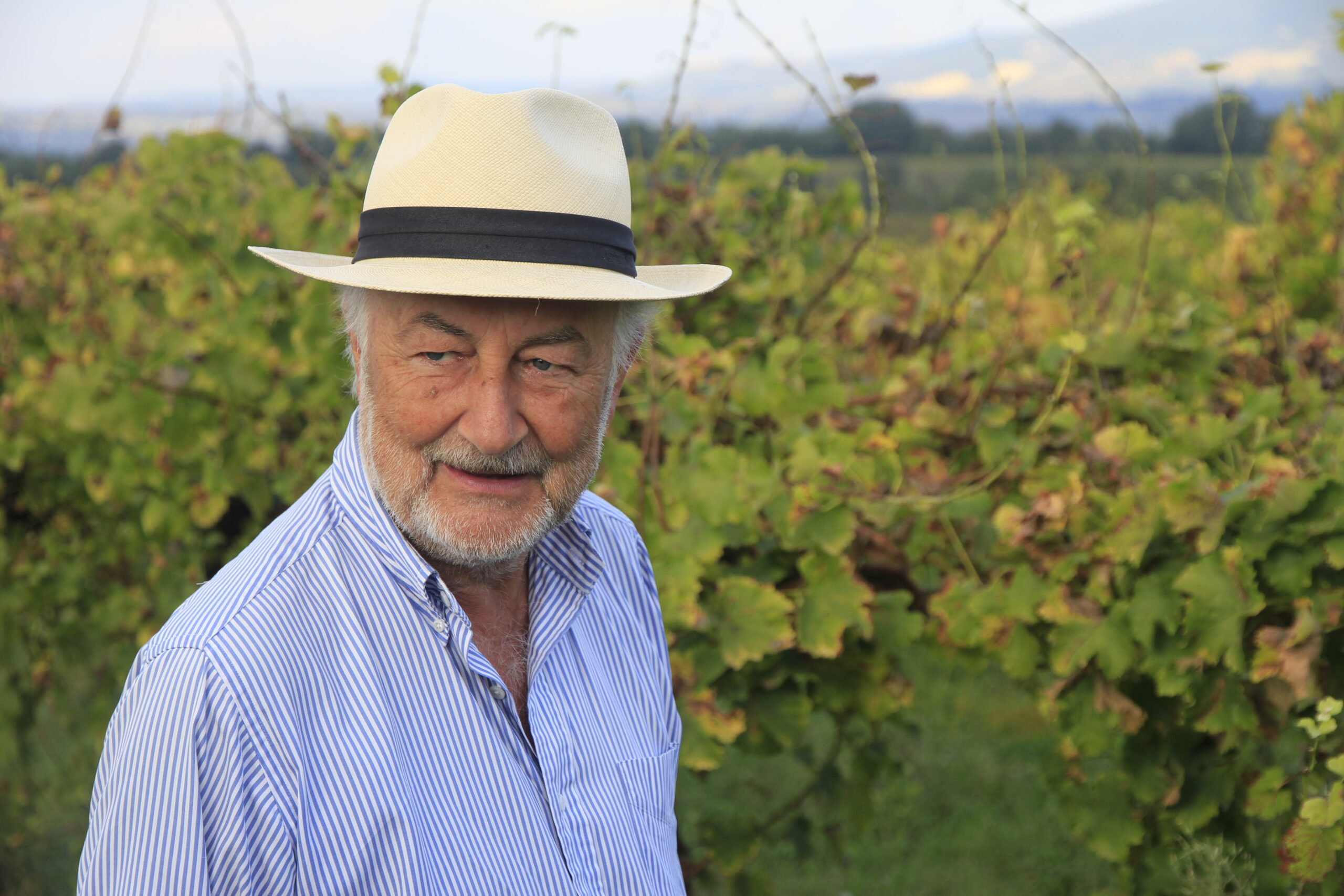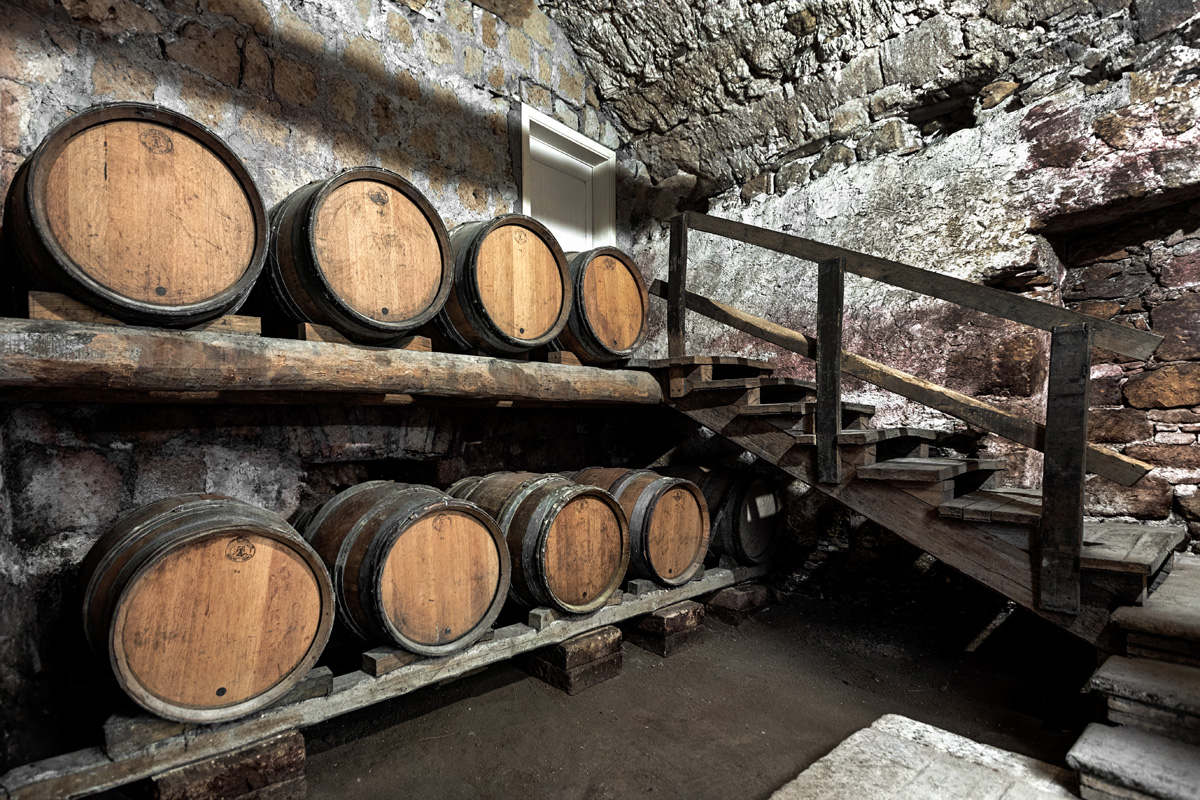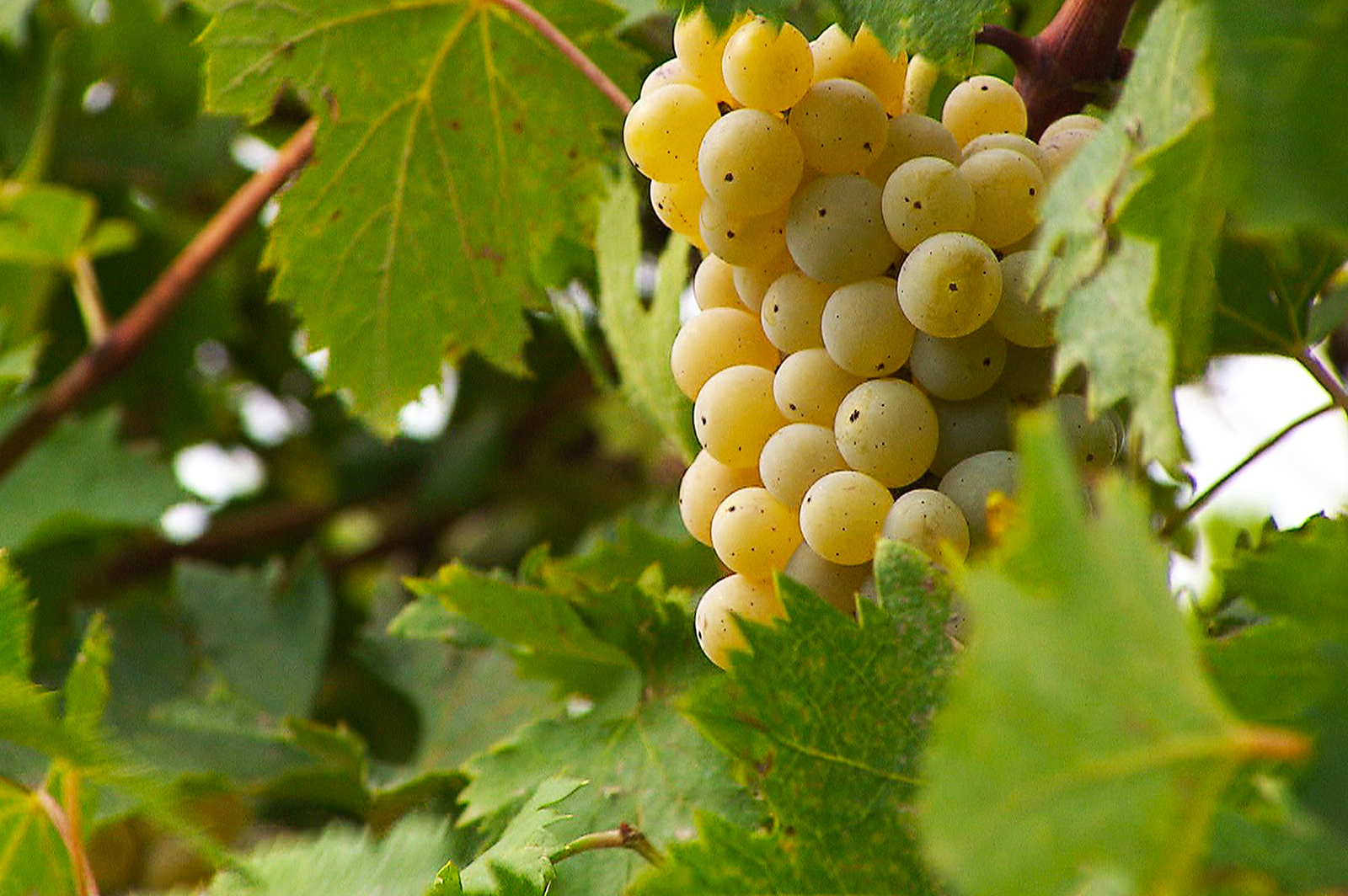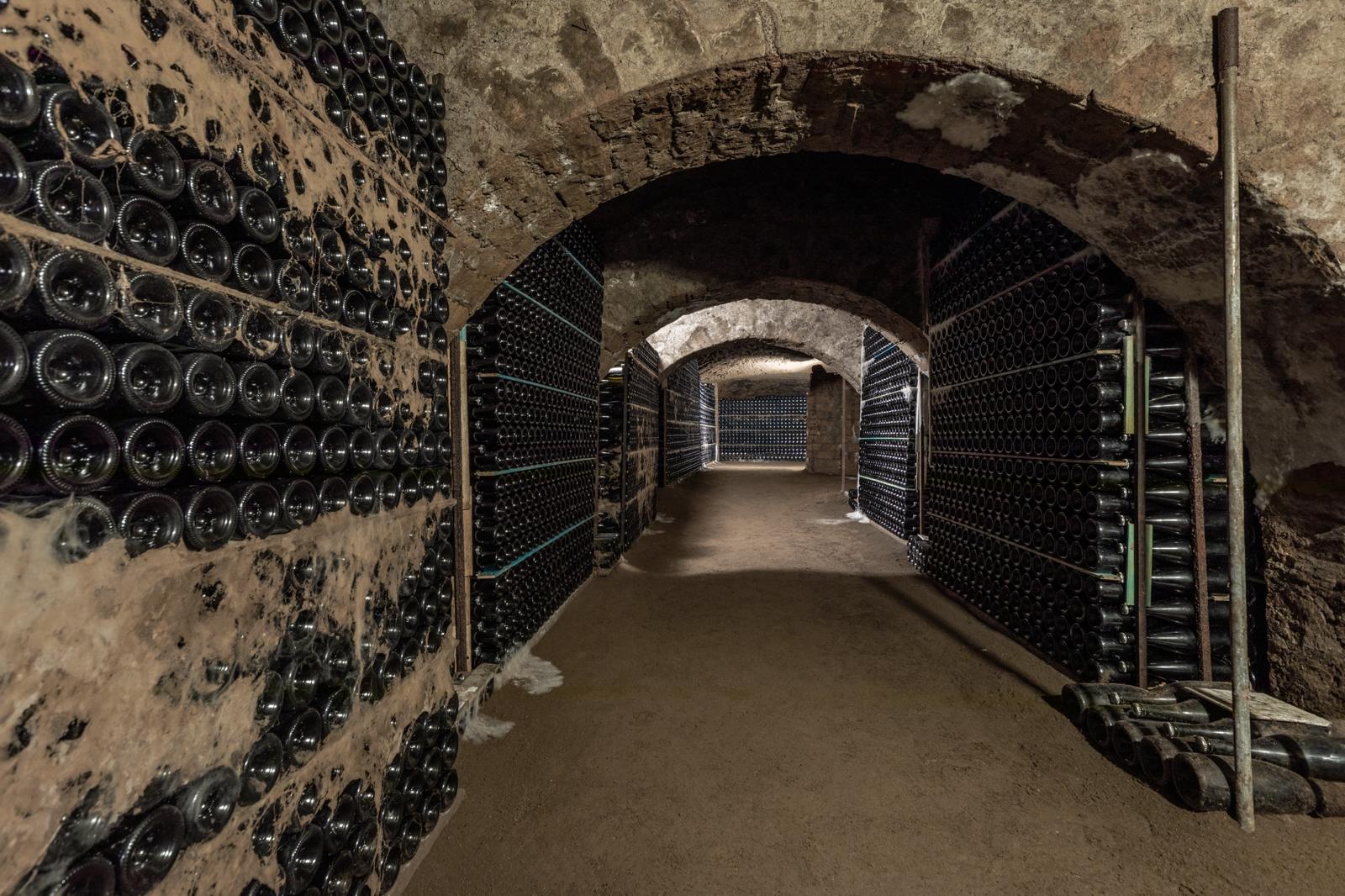La tenuta Mottura è incastonata tra le colline argillose e i calanchi della Tuscia a ovest, e la fertilità delle pianure umbre del Tevere ad est.
Su 120 ettari di terra viva, la nostra famiglia lavora come custode di un patrimonio di biodiversità e di profonda tradizione vinicola.
Qui l’arte della viticoltura si fonde con la scienza e la passione, dando vita a vini dall’anima bianchista di grande identità, storia e carattere: dalla complessità dorata e avvolgente del Grechetto, frutto della selezione di viti centenarie dell’azienda, alle profondità fresche e vibranti del Procanico, fino alla raffinatezza dello Chardonnay, anima dello storico metodo classico aziendale.
Vogliamo che ogni sorso dei nostri vini ci porti in viaggio attraverso la ricchezza e l’autenticità del terroir.
Prenota una visita in azienda
